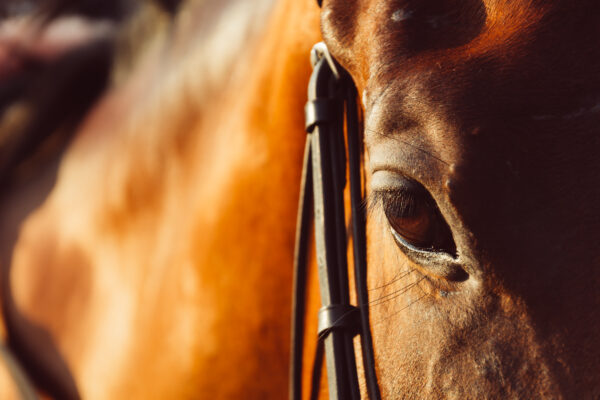Intervision Equine Osteopathy EDO®
It is important that we keep learning, not only via courses, webinars or conferences, but also from each other.
There are a million different cases, each one different and unique. In order to widen our range and broaden our minds as far as possible, we need to learn from each other in order to become a better Equine Osteopath EDO®.
At the IREO we believe that the Intervision days can help you. Not only in the beginning after you graduated, but also further along in your career.
To stimulate these Intervision days, the IREO will reward you with CE-points. All you need to know can be found below. If you still have questions, please don’t hesitate to contact the Secretary of the IREO.
Good luck!
What is intervision?
In intervision, colleagues discuss topics from their own work experiences in a methodical way. Participants learn to consult each other about work-related issues and deal with them in a non-judgmental, educational way.
In an intervision group you discuss situations – cases – that you encounter in your work environment and brainstorm together with your colleagues about appropriate, helpful solutions.
Why is intervision so important?
Intervision touches the capacity for self-development and strives to bring out the best in each other. An intervision meeting provides solutions to individual issues as colleagues focus on the problem without pressure and learn to ask each other clarifying and open-minded questions.
It forms a safe space for Equine Osteopaths EDO® to discuss difficult topics as equals, despite differences in experience or background.
The pitfalls of intervision
● Giving advice instead of asking helpful questions;
● Asking judgmental rather than helpful questions;
● Psychologizing;
● Trying too hard to come up with a solution;
● Become offensive if the discussion becomes too personal.
The emphasis in these meetings lies on creating an effective learning environment focused on learning from and with each other. The main differences between coaching and intervision is that a coach teaches, searches and guides through predetermined goals, whereas intervision is much more a flowing, creative process.
Examples of intervision topics
● A case is presented showing the same pattern after every treatment
● An interesting/exceptional case an Equine Osteopath EDO® wants to share with their colleagues
● Presenting a case purely to invite further insight/similar experiences
● Inviting a farrier/DVM/dentist to discuss osteopathic views related to the topic (Note: you invite these specialists to further your own horizon as well! Don’t invite them to force your own ideas on them!)
Be wary of the pitfalls of intervision, avoiding judgement or condescending behaviour. Offer suggestions, ask helpful questions and share in similar experiences instead! The end result we all strive for in every case is that the horse is getting the best care possible.


Criteria
- An intervision group consists of 3-6 Equine Osteopaths EDO®
- An intervision group consists of at least 1 Equine Osteopath EDO® who has been registered with the IREO for 2 or more years. In a group larger than 4 Equine Osteopaths EDO® there should be at least 2 Equine Osteopaths EDO® who have been registered with the IREO for 2 years or more.
- The composition of an intervision group should be notified to the IREO in advance
- Depending on the composition of the group, the IREO may require for the intervision group to make certain changes or modifications
- If an intervision group continuously discuss one-sided or similar topics, the meeting may be refused by the IREO for CE-points. In that case, it may make more sense to attend targeted accredited courses or training on these topics first
- In case of a specialist topic, the intervision group can invite an expert or specialist on the topic. For example: hoof trimming, medication, saddle fitting, etc.
- Each intervision meeting is completed with the writing of a report (no data of clients/animals in the reporting!) and signed by all participants
- The finished, signed reports are then sent to the IREO Secretary for CE-points. The request form can be found on the IREO website
CE-points
Each participant (Equine Osteopath EDO®) gets 1 CE-point per hour with a maximum of 10 hours/points per day.
Requesting your CE-points
Each participant needs to request the CE-points via the website of the IREO in order to obtain the CE-points.
Note: Make sure the report has been signed off by all participants. Otherwise your CE-points will not be admitted.
